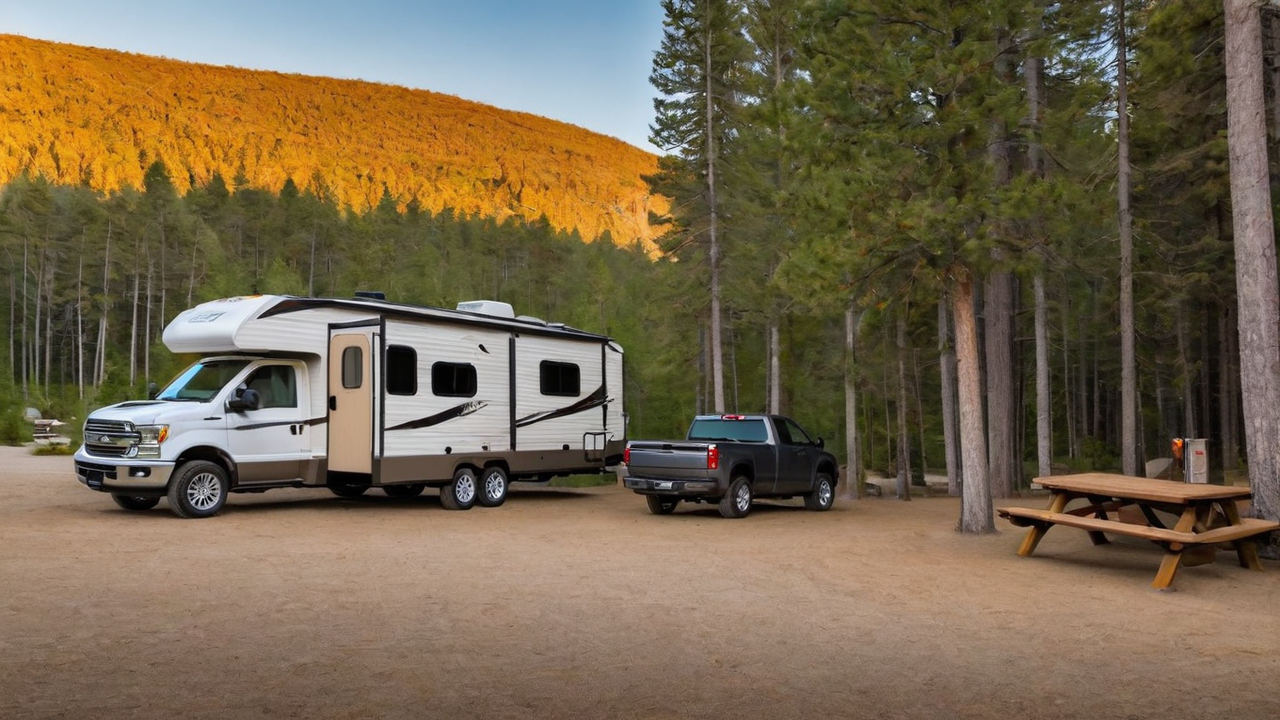Designing the Optimal User's Interface: Design Guidelines for Campground Software
Designing the Optimal User's Interface: Design Guidelines for Campground Software
Blog Article

Grasping Your Audience
Identifying who the target users is crucial in creating an effective user's interface. It is essential to take into account the necessities, preferences, and tech competence. This knowledge guides every design choice, ensuring that your software becomes user-friendly and easy to use.
Understanding the audience likewise implies recognizing the challenges and the way they intend to use your campground software. It enables the designers to tailor functions and functionalities that address specific requirements, making your software not only helpful but also essential.
Simplifying the Navigation System
Simplifying your navigation can be one critical aspect of interface designing. A clear navigation structure makes sure users can readily find what they're searching for, reducing frustration and improving satisfaction levels. It's about the experience within the app as smooth and effortless as possible.
Furthermore, effective navigation guides users through your software, emphasizing features and tools that they might otherwise miss. Such an strategy not only boosts usability but also promotes deeper interaction with the campground software's full range of capabilities.
Integrating High Quality Graphics
Graphics play an vital role in designing an appealing UI. They aid in breaking up text and can convey functions in a more efficiently than words alone. Selecting the appropriate visuals, symbols, and colors can boost the overall aesthetic of your application, making it more visually attractive to the users.
Additionally, visual consistency is crucial for establishing brand identity and trustworthiness amongst users. Each component should be in sync with your brand’s values and the overall mission of the software, leading to a seamless experience that feels both professional and inviting.
Improving Responsiveness
In today's tech world, users expect camping programs to be responsive on all platforms, from desktop computers to smartphones. A responsive interface ensures that regardless of what screen size, the software offers an uncompromised experience. This not only boosts usability but likewise caters to the audience's on-the-go lifestyle.
Additionally, enhancing the responsiveness could result in enhanced performance, decreasing the loading time and avoiding user frustration. Users appreciate a quick and smooth interaction when accessing campground software, making performance a crucial component in satisfaction levels.
Optimizing the Search
Locating info quickly is key in any application, particularly in campground software systems. Optimizing the search functionality enables visitors to effortlessly find what they're looking for, which improves their satisfaction and efficiency. By smart search capabilities, you can decrease the frustration and improve overall satisfaction.
Moreover, advanced search options such as filtering options and tagging can aid in narrowing down search results, making the process even efficient. Implementing these functionalities demonstrates a understanding of your user’s needs and a commitment to making their experience with the campground software as seamless and effective as possible.
Focusing on User Security
Protecting user information is always a top priority when it comes to designing campground software. Users want to feel safe when inputting their private data. Guaranteeing tight security protocols not only secures their information but likewise builds a sense of trust between your customer and your brand.
Beyond basic security features like passwords and encryption, consider adding advanced security measures such as two-factor authentication or biometric verification. These features provide an extra layer of security, ensuring that user data is kept safe from unauthorized access.
Leveraging Feedback
Listening to feedback is crucial for continuous enhancement of the campground software. It allows developers to understand what works, what doesn’t, and how the software can be enhanced to better meet the user’s expectations. Actively seeking this type of feedback builds a partnership between your customers and your team, making them feel they are part of the software’s evolution.
Using this feedback into account can result in tangible enhancements in user interface design and overall user experience. Implementing changes based on actual input proves that your brand cares about its users and is committed to providing a high-quality product.
Keeping the Simplicity
In the realm of UI design, the principle of simplicity is golden. A overly complicated interface can confuse the users, resulting in a unpleasant user experience. Simplicity, on the hand, helps your software more intuitive and user-friendly. It encourages greater user engagement and satisfaction levels.
Moreover, keeping the simplicity should extend to the software’s content and functionality. Avoiding unneeded features that don’t contribute real value can help ensure that your interface remains clean and focuses on meeting the essential needs of your end-users. By doing so, you can craft a more find out more effective UX that appeals with your target audience.
Report this page